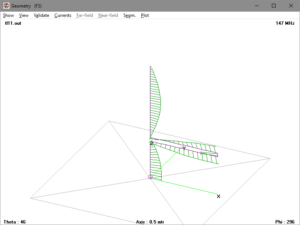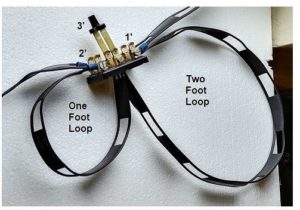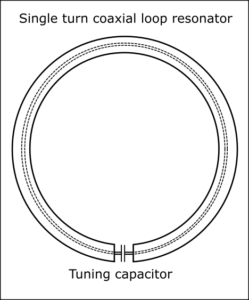Modern hams live busy lives and it is difficult to fit everything in to the available time / resources etc. So, there is an appetite for the skinny on some key topics, the inside info that took the wise a long time to learn.
This article discusses one of those articles containing the skinny on VSWR, What is VSWR: Voltage Standing Wave Ratio, it takes only a minute or two to read and there is a six minute video for those who prefer that.
The issues discussed here are common in the ham world explanation of VSWR and analysing them provides a learning opportunity. The video contains the issues mentioned below… and some.
Right up front, eager readers are given a take home message. If something prevents them finishing the article they have learned something they can repeat as pros. So satisfying!
In order to obtain the maximum power transfer from the source to the transmission line, or the transmission line to the load, be it a resistor, an input to another system, or an antenna, the impedance levels must match.
In other words for a 50Ω system the source or signal generator must have a source impedance of 50Ω, the transmission line must be 50Ω and so must the load
Ok, it states clearly and unequivocally that a necessary condition for maximum power transfer it that source must match line and line must match load.
We will test that proposition, but firstly the detailed explanation follows… Continue reading When simple explanations target a simple audience
Last update: 8th October, 2018, 10:33 AM








